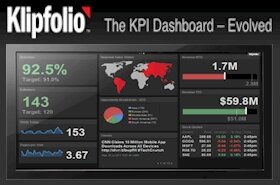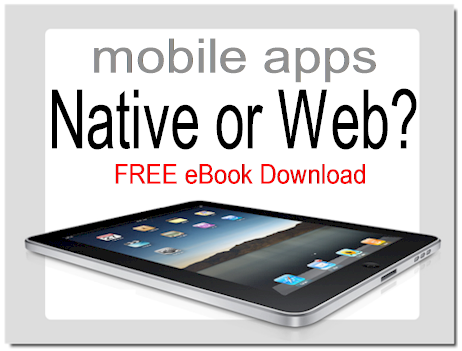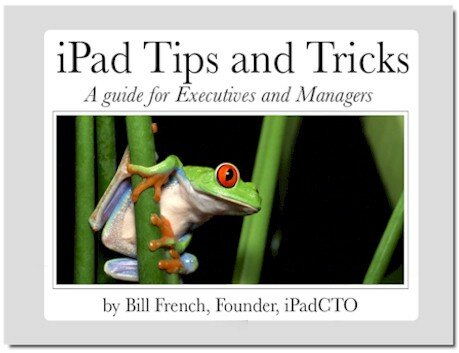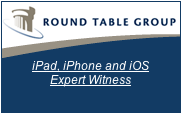Tweet
Shel Holtz recently published a great piece on the quality of InfoGraphics and why we should seek out some baseline requirements before creating and labeling anything as an InfoGraphic.
I don’t have a problem slamming poorly designed communication artifacts, so I agree the article’s premise. Adopting a narrow definition of “InfoGraphic” is where I have issues.
There is certainly a vast abundance of crappy InfoGraphics (and InfoPosters if indeed we can agree there are two distinct categories). I personally believe InfoPosters are a unique sliver of InfoGraphic that is generally useful to an audience that is fringe or even adjacent to the InfoGraphic audience.
As the article and comments indicate, there’s no shortage of misleading InfoGraphics and InfoPosters.
Sometimes visually distorted conclusions are unintentional, created by folks who perhaps don’t have the skills to visually articulate with precision and while supressing bias. Most distortions, however, are probably intentional. Whatever vehicle distortionists might choose to convey simple or complex data, would be misleading. This is not exclusive to the domain of InfoGraphics of course.
With this in mind, perhaps it’s time for an online Snopes-like social site to debate the topography of InfoGraphics; e.g., a skeptics guide to the InfoGraphics universe. I think this idea has legs and perhaps it already exists. Do tell.
I have greater interest in InfoPosters for two reasons,
- They are useful for story-centric visualizations as opposed to data-centric visualizations
- They can help people who are overwhelmed with incoming information, thus enabling them to rapidly comprehend new or previously poorly communicated ideas; even ideas that are complex.
It’s my position that the term “InfoPoster” should not be synonymous with”crappy InfoGraphic”. ;-)
As for the excessively lengthy posters and graphics – I agree, it’s an obnoxious obligation to place on any reader armed only with a track-pad or mouse. However, yesterday’s poorly-designed UX may be giving way to todays emerging model for gesture-driven triage, discovery, and review processes.
Consuming a lengthy poster (InfoGraphic or otherwise) is a terrible experience on most PCs and Macs. But it’s not so terrible with a Magic Mouse or gesture-supported track-pad (and the skills to operate it). It’s really not bad at all on an iPad. Pinch and zoom gestures also provide unique opportunities for gaining greater insights and quickly focusing on specific aspects of a poster.
And adjacent to the idea that lengthy posters are simply bad UI designs, we can see mobile apps taking stabs at new ways to [visually] peruse every-day collections of artifacts such as news, email messages, BI charts, and cloud-based file collections.
This new breed of apps which include Zite, FileBoard, and YellowFin (BI), are each dipping their respective big toes into user experiences that include [seemingly] endless scrolling regions. Even blog publishing tools are starting to show up with bottomless scrolling features.
In these new apps we can find evidence of visual queues that attempt to take overwhelming volumes of information and distill them in ways that support faster triage, better discovery, and rapid understanding.
These trends are likely driven by the emergence of gesture-based UIs and all indications suggest these UXs are successful, and for the most part, appreciated by users.



















